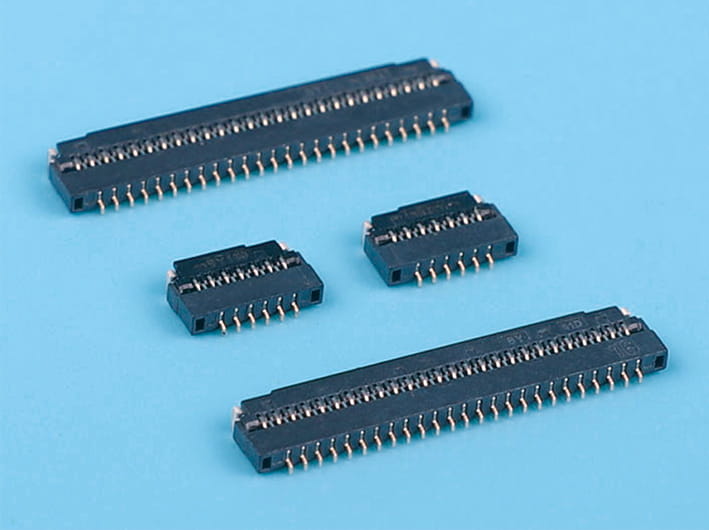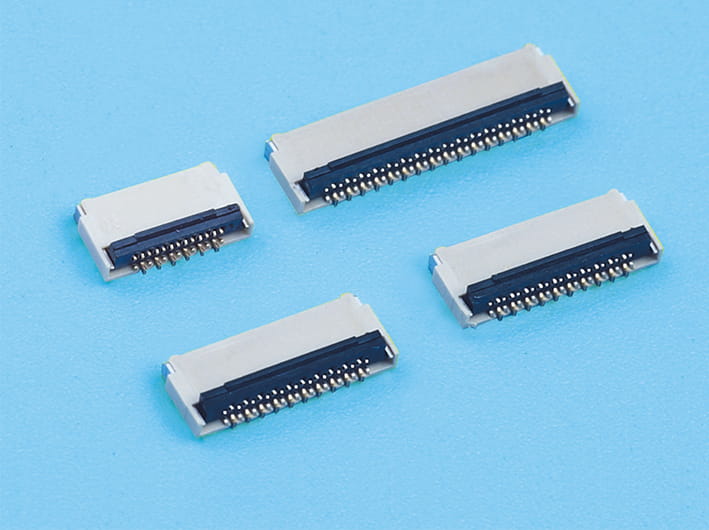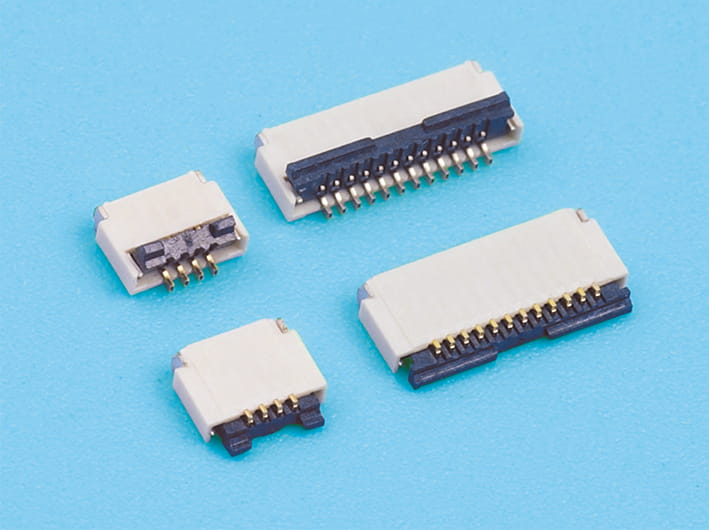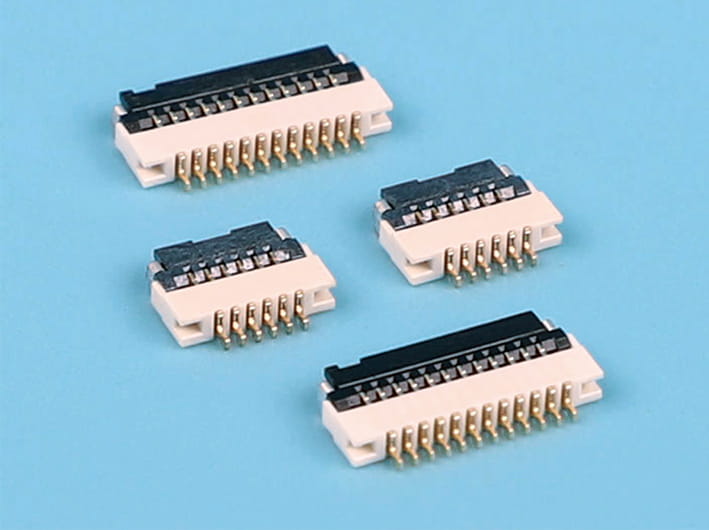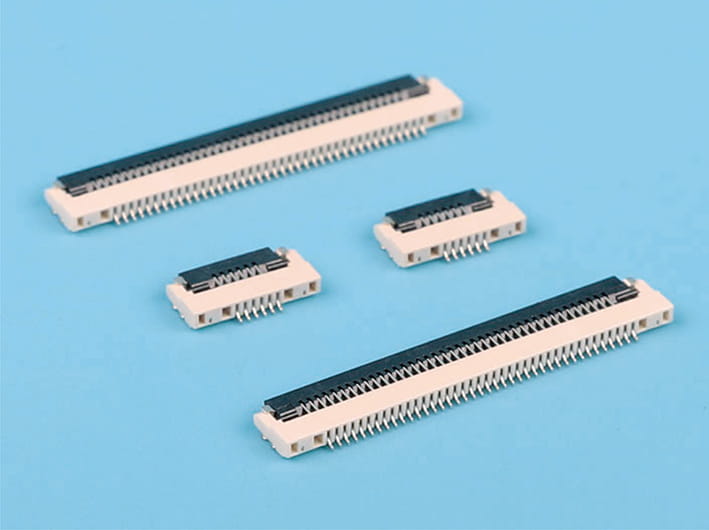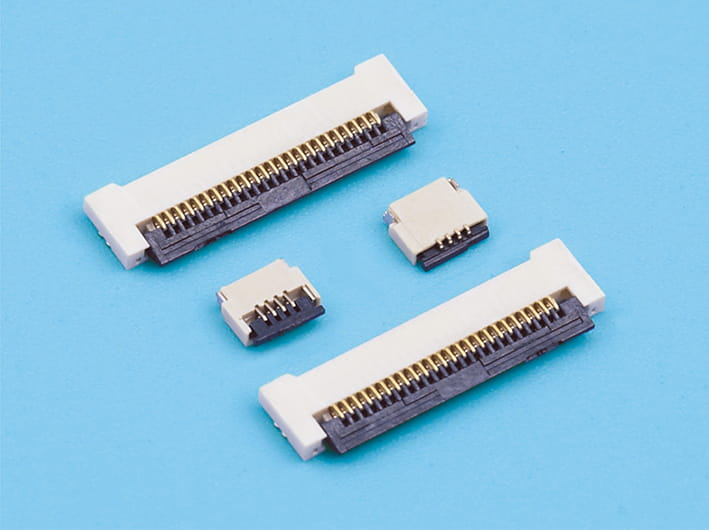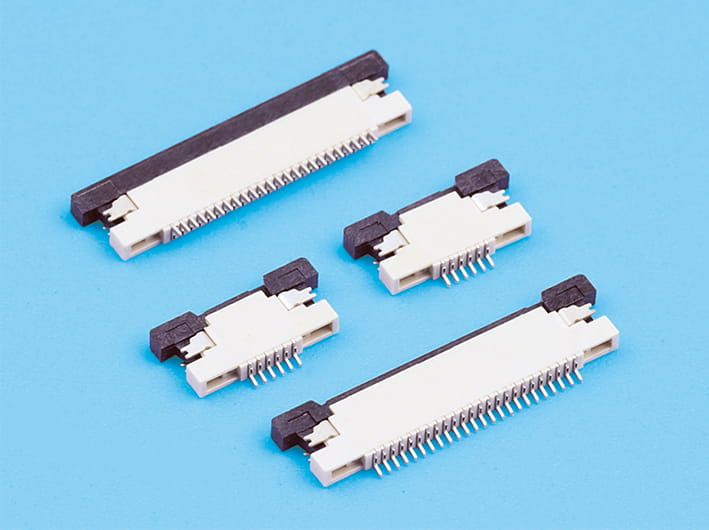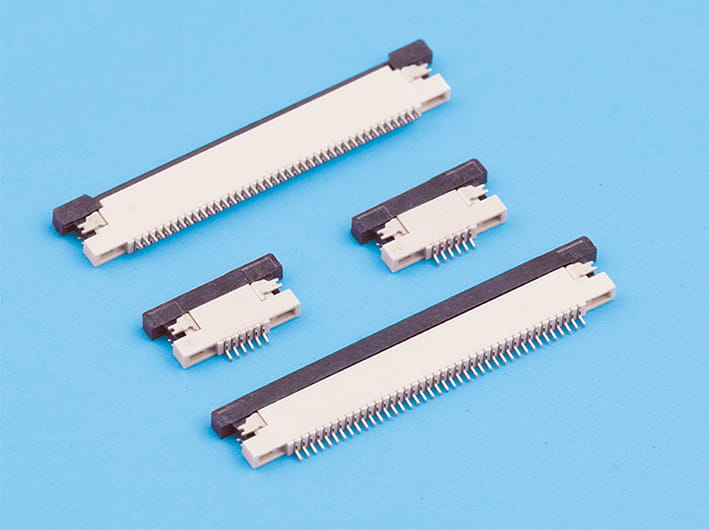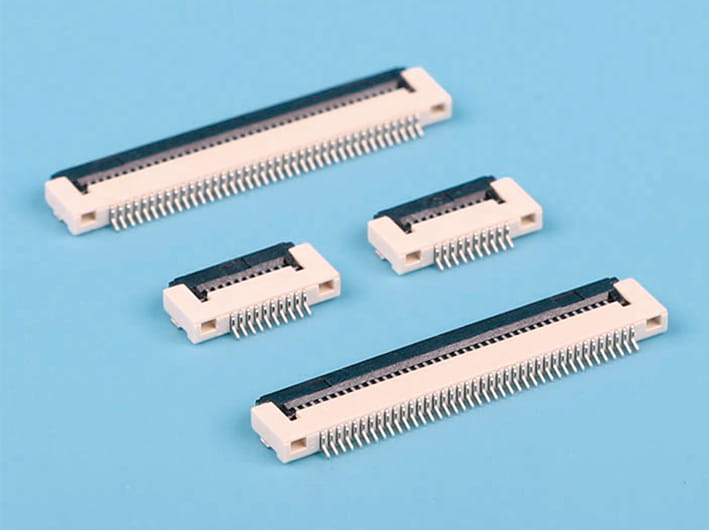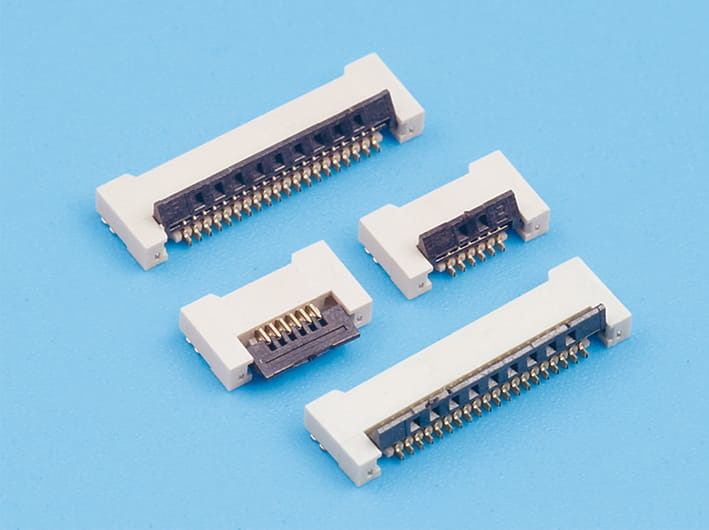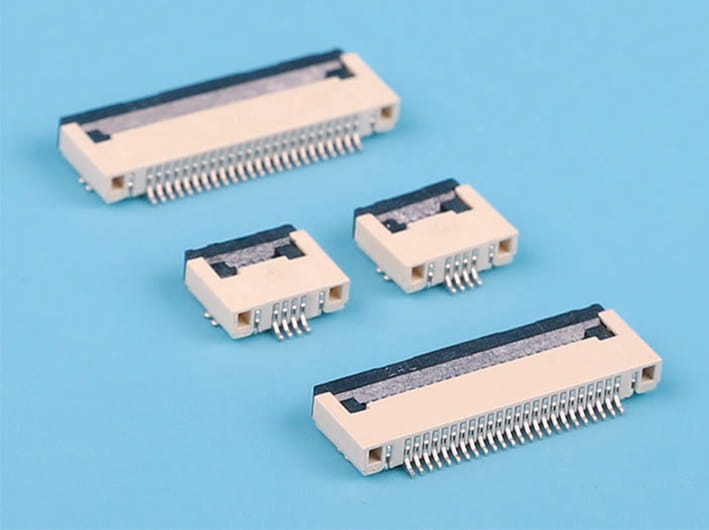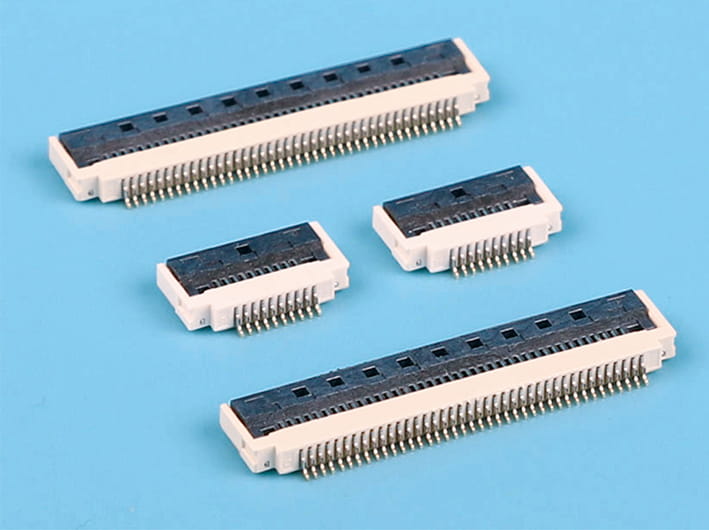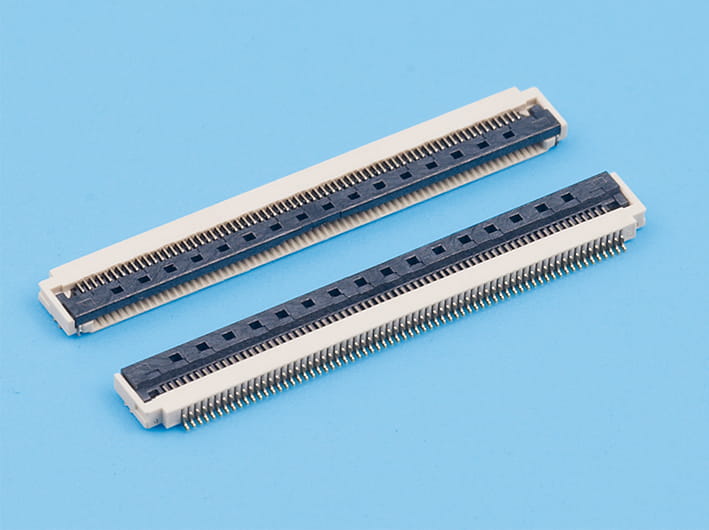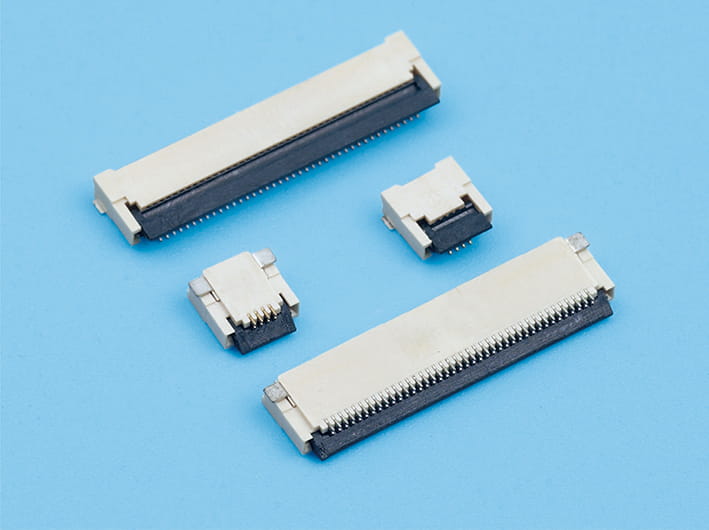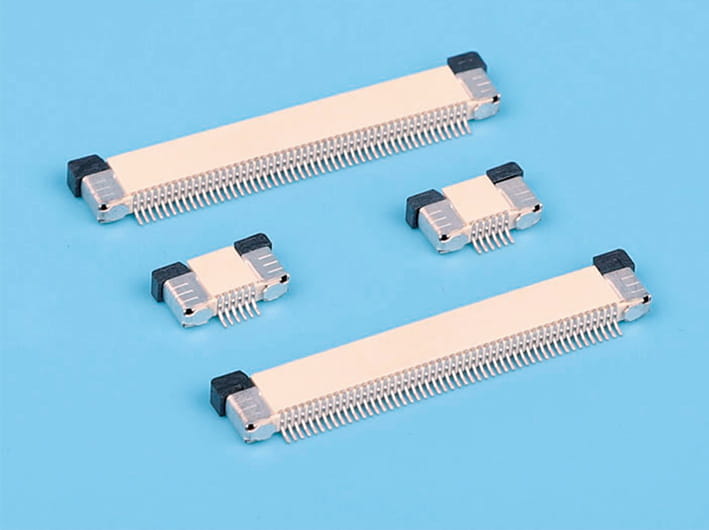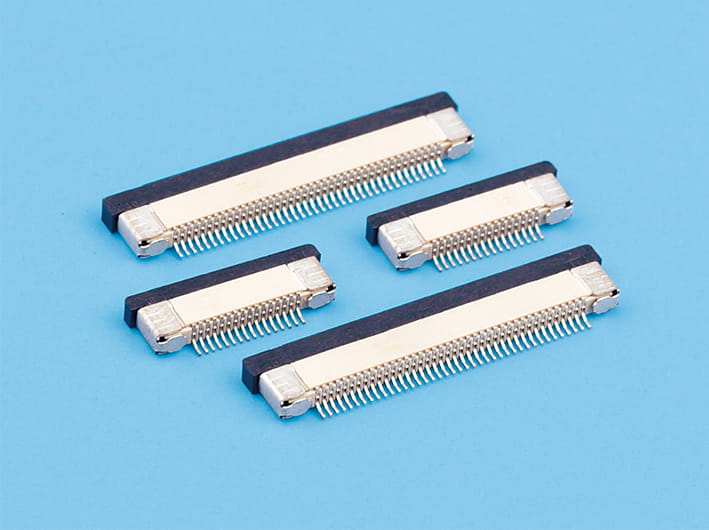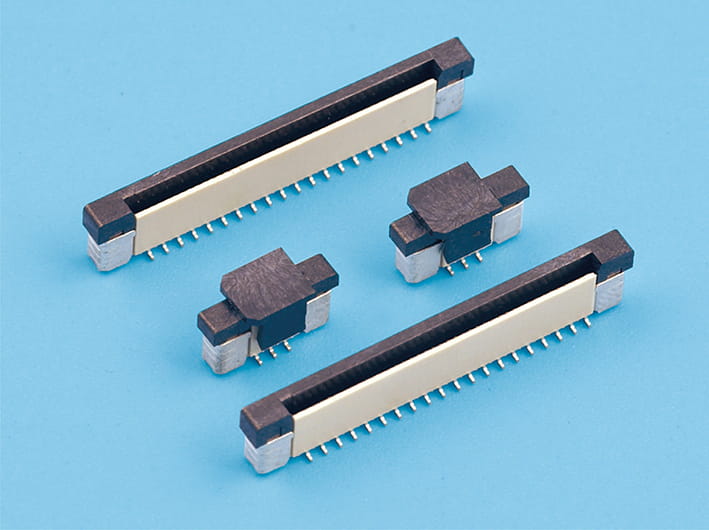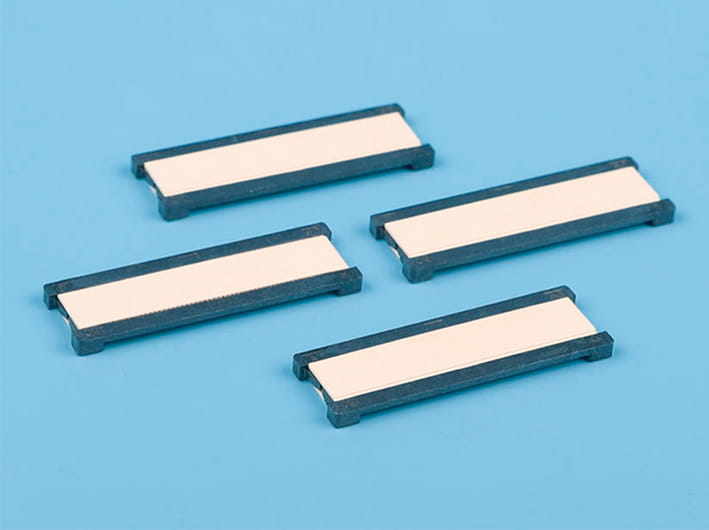The Role of Micro Electronic Wire Connectors in IoT Devices
The IoT ecosystem is vast, encompassing everything from smart home devices to industrial automation systems. At the heart of these systems are micro electronic wire connectors, which are designed to provide secure and efficient connections between various components. The precision engineering of these connectors is crucial for maintaining the integrity of data transmission and power distribution within IoT devices. As technology advances, the need for electronics fittings that can handle the increased complexity and sensitivity of IoT systems has become more apparent.

Electronic terminal blocks are the unsung heroes of the IoT world. They serve as the junction points where micro electronic wire connectors meet, creating a stable and secure network. These terminal blocks are essential for managing the flow of electricity and data within IoT devices, ensuring that each component functions goodly. The reliability of electronic terminal blocks is paramount, as any failure in the connection can cause system-wide malfunctions.
The evolution of micro electronic wire connectors has been driven by the need for smaller, more efficient, and more reliable connections in IoT devices. These connectors have become more compact, allowing for the integration of more features into smaller devices. The advancements in materials and design have also led to improved durability and resistance to environmental factors, which is crucial for IoT devices that operate in diverse conditions.
The impact of micro electronic wire connectors on electronics fittings cannot be overstated. As IoT devices become more prevalent, the demand for high-quality, reliable electronics fittings has increased. Manufacturers are constantly innovating to create connectors that can handle the demands of modern IoT devices, which often require high-speed data transmission and low-power consumption. The development of these connectors has led to a new generation of electronics fittings that are more adaptable and versatile than ever before.
One of the main challenges in IoT device design is ensuring that micro electronic wire connectors and electronic terminal blocks can withstand the rigors of daily use while maintaining a small form factor. To address this, manufacturers are employing advanced materials and manufacturing techniques to create connectors that are both robust and compact. Additionally, the development of new standards and protocols for IoT connectivity is helping to ensure that micro electronic wire connectors can provide reliable connections across a wide range of devices and systems.
As the IoT landscape continues to expand, the role of micro electronic wire connectors in electronics fittings and electronic terminal blocks will only grow in importance. The future holds pro Mise for even more advanced connectors that can support higher data rates, lower power consumption, and improved reliability. With the ongoing development of IoT technologies, micro electronic wire connectors will remain at the forefront of innovation, driving the connectivity that powers the smart devices of tomorrow.
The micro electronic wire connectors are the unsung heroes of the IoT revolution. Their ability to provide reliable connections in compact spaces is crucial for the continued growth and success of IoT devices. As technology continues to advance, the demand for high-quality electronics fittings and electronic terminal blocks will only increase, making the role of micro electronic wire connectors more critical than ever.



 English
English 中文简体
中文简体 Español
Español عربى
عربى